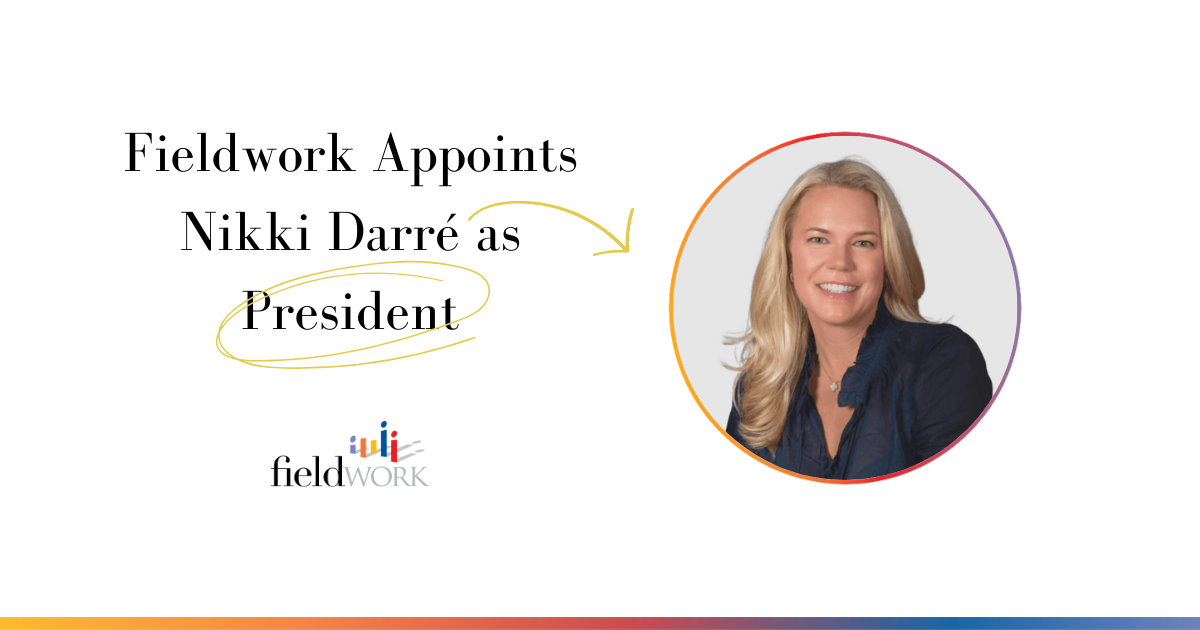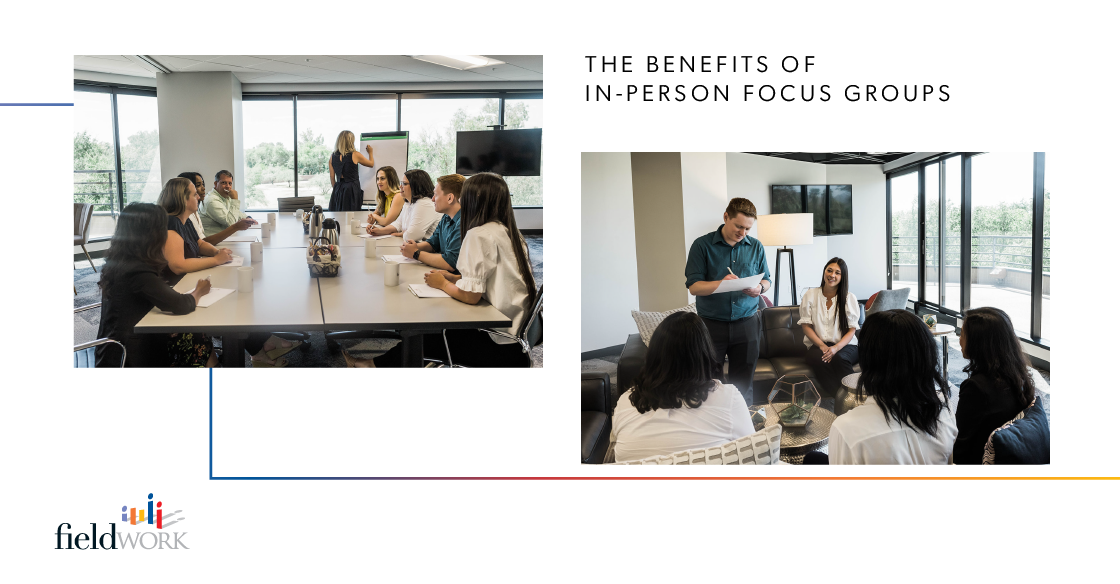No matter your role in the market research process, it is crucial to have a clear understanding of the many related elements that affect qualitative projects. From the constantly expanding number of decisionmakers to the layered nuances of project considerations, there is a craft that requires both science and art to produce high-quality research yielding actionable results.
Success in qualitative research projects requires a tremendous amount of coordination and collaboration across an ecosystem of stakeholders with unique priorities. Adding to the complexity is the fact that these people work for a variety of companies, not just the company that initiated the research.
Taking this landscape into account, here are some of the top reasons why collaboration is absolutely essential to successful qualitative research outcomes, as well as pro tips to maximize partnership with colleagues along the way.
3 Reasons Collaboration is Essential to Successful Qualitative Research Outcomes
1. Numerous Teams Are Impacted
Consider the example of a common qualitative research study using in-person focus groups to pretest different creative options for an ad campaign. Let’s assume for this example that the research is being sponsored by a Fortune 100 company that has hired both a creative agency to produce their campaign and a qualitative research company to lead the pretest. To simplify things, let’s also say that this campaign is solely for the U.S. market.
The visual below reflects the numerous teams and individuals that typically will be involved at some point with the project – stakeholders who are internal to the Fortune 100 company as well as those who are external at the creative and research companies. If you draw an imaginary line for each contact between two or more stakeholders, it’s easy to see how quickly a web of overlapping interactions emerges, along with the potentially competing priorities that come with them.

Pro Tips to Maximize Collaboration:
- Host An All-Hands Kick-Off Meeting: This step may seem optional but it’s one that shouldn’t be skipped, especially if there are teams who haven’t worked together in this capacity. The meeting should be co-led by the internal marketing and insights teams to emphasize a commitment to staying closely aligned and working together to foster partnership across all involved groups.
- Leverage A Responsibility Matrix: The RACI model is frequently utilized to ensure that each team understands their role relative to each phase of the project (Responsible, Accountable, Consulted, Informed). For example, during the delivery of the creative brief, the marketing team is Responsible, the creative agency is Accountable, the insights team is Consulted, and the qualitative research agency is Informed.
2. Timelines Are Accelerated and Consecutive
In today’s fast-tracked, always-on world, everything seems to move at light-speed – even initiatives with complex processes – and qualitative research projects are no exception. Further complicating matters is the fact that every part of the research process operates like a game of dominos, with each step of the plan directly impacting the next.
Referring to the example above, if the creative stimulus is not developed on time by the start date of focus groups, then the entire timeline is upended. This will have a ripple effect on the overall timeline, likely increasing project costs to re-recruit consumers for a new date and time.
Pro Tips to Maximize Collaboration:
- Build A Shared Timeline: An initial draft timeline should be shared during the kick-off meeting, with a more detailed timeline to be developed shortly thereafter. It’s critical that all teams have access to and align on the final detailed timeline. Once finalized, it’s important that each group commits to meeting project milestones.
- Institute Weekly Check-Ins: From start to finish, qual research projects range from 4-10 weeks, depending on the scale of the overall initiative. Scheduling weekly check-ins that include a representative from each of the teams involved keeps the project on track and provides opportunities to resolve any issues that may arise along the way.

3. Layers of Expertise Are Required
In our qualitative project example, no single team would be able to execute the research alone just as no single team could fully analyze the results of the research in isolation.
It takes the expertise of a recruiting partner to build screeners and identify the right consumers for the research. Their unique understanding of the proper articulation questions and incentive structures ensures that expressive, creative individuals will show up to the focus groups.
Likewise, unearthing informative insights takes the skill of an experienced moderator and the facilitation abilities of the experts in the backroom to make sense of the broader implications and findings.
Finally, the marketing team is critical to guaranteeing that the consumer perceptions of creative executions are aligned to targeted goals. And the creative agency is expertly suited to understand how the consumer feedback contributes to go-forward optimization of the campaign.
Pro Tips to Maximize Collaboration:
- Prioritize Building Relationships: It is invaluable to create trusted bridges across teams, both inside and outside of your organization. Nothing leads to better outcomes in qualitative research projects than working with teams with whom you have built solid connections and a reliable history.
- Facilitate Cross-Functional Debriefs: Typically, either the insights team or qualitative insights company should lead debriefs after each group and full day of research. This approach ensures that each team’s perspective on what they’re observing is openly expressed and clearly included in the final report.


While expertise and know-how are key to the qualitative research process, collaboration is ultimately the most critical component to achieving successful project outcomes when numerous teams, timeline accountability, and cross-functional expertise are involved.
Teams that successfully implement the steps above will be well on their way to achieving best-in-class levels of collaboration, which is the secret sauce to successful qualitative projects.
Joey Doney | Quantum Leap Insights | Joey.Doney@QLInsights.com
As an insights industry executive with nearly 20 years of experience on both the supply side (Ipsos, Kelton, Brado) and the client side (Nike, Mattel, Keurig Dr Pepper), Joey has developed and directed multi-disciplinary global initiatives for many of the most iconic brands in the world.
She has leveraged her deep expertise in insights, strategy, and innovation across a range of industries – Technology, Retail, B2B, Fashion, Entertainment, Travel, Hospitality, and more – to drive product, brand, digital, and marketing worldwide for dozens of Fortune 100 and Fortune 500 companies.
Joey holds a Master's Degree in Integrated Marketing Communications from Northwestern University. When she's not working, she loves spending time with her family and friends.






